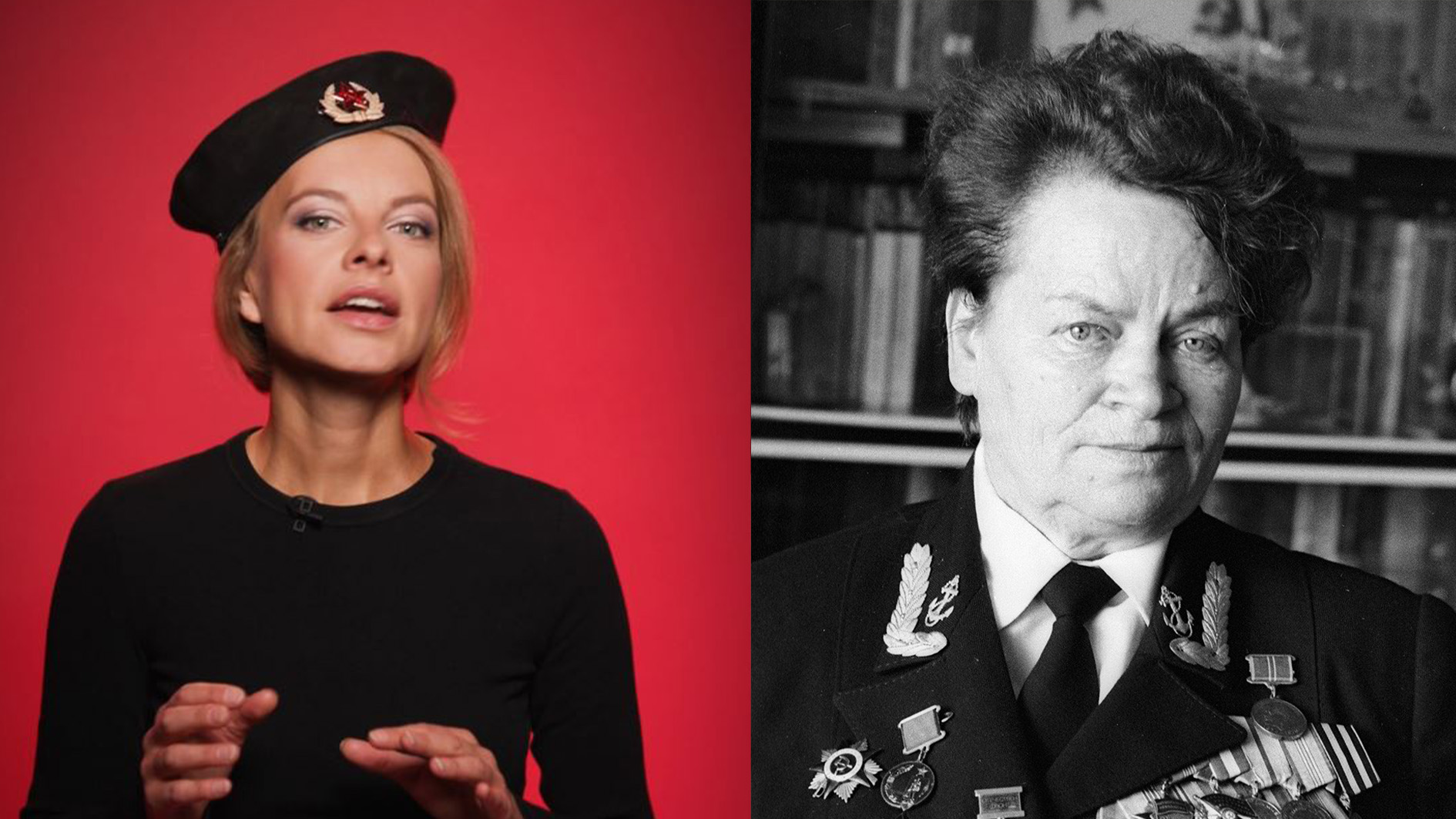
Why did the Nazis call this Soviet tank the ‘indestructible locust’?

In Summer 1941, the Red Army suffered colossal losses in armored vehicles. Soviet factories began mass production of T-34 medium tanks, which had proven themselves well in combat. However, while their production had not yet reached full speed, it was necessary to equip the army with something else.

Then, they decided to use the T-60 light tank as the main means of infantry support on the battlefield. Designers needed only a little more than a week to develop it on the basis of the T-40 amphibious tank.

The T-60’s armament was very modest: a 20-mm cannon based on the ShVAK-20 aviation cannon and a 7.62-mm DT tank machine gun paired with it. The thickness of the armor was only 10-35 mm. At the same time, the tank could be produced quickly and in large quantities.
 Soviet T-60 tanks in Volokolamsk.
Soviet T-60 tanks in Volokolamsk.
"The T-60 was not suitable for fighting German tanks. But, against the enemy’s manpower, these ‘Malyutkas’ (‘little ones’)performedsuperbly and more than once inflicted enormous damage on the fascist infantry with their automatic fire," wrote Marshal of the armored troops Mikhail Katukov.
 T-60s in liberated Yukhnov.
T-60s in liberated Yukhnov.
In an open battle against theWehrmacht’s medium tanks, the Soviet T-60 had no chance. However, they worked well as a means of supporting the heavy KV tanks on the battlefield. The T-60 cut off the enemy's infantry and lightly armored vehicles from them.
 Soviet paratroopers on a T-60 light tank attack on the Bryansk front.
Soviet paratroopers on a T-60 light tank attack on the Bryansk front.
The T-60 received its baptism of fire in September 1941 in the Poltava region and, on November 7 of the same year, they took part in a parade in honor of the 24th anniversary of the October Revolution on the Red Square, after which they immediately went to the front. The light tanks performed well during the counteroffensive near Moscow that began on December 5.
 Soviet troops heading straight to the front lines after the historical parade held on Moscow's Red Square on November 7, 1941.
Soviet troops heading straight to the front lines after the historical parade held on Moscow's Red Square on November 7, 1941.
The T-60 bore the brunt of the fighting in They fought near Kharkov, in Crimea and in the North Caucasus. The Germans nicknamed them the ‘indestructible locust’ - the tanks went into attack in the front lines, were quickly destroyed, but new ones immediately appeared in their place.
 Destroyed Soviet military equipment.
Destroyed Soviet military equipment.
In February 1943, the production of T-60 was stopped and, on the battlefield, they were replaced by the more powerful T-70. The ‘Malyutkas’ (‘little ones’) began to be used for reconnaissance, communications, security and towing artillery guns.

The last vivid episode with the tank’s participation was the breakthrough of the Siege of Leningrad in January 1943. It did what its heavier comrades (the T-60 weighs 6 tons, the T-34 weighs 27 tons, for comparison) could not do - without additional preparation, it crossed the Neva River on the ice, broke into a steep icy bank and captured the enemy bridgehead.













